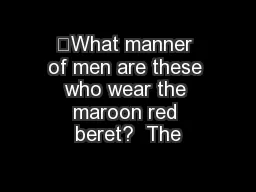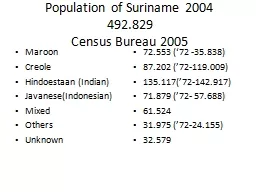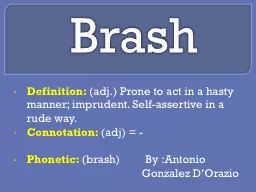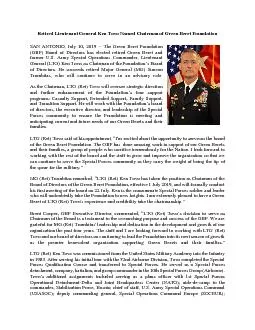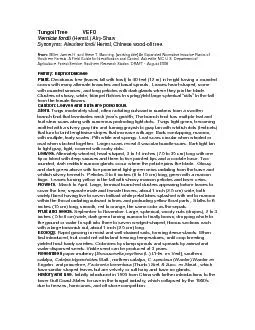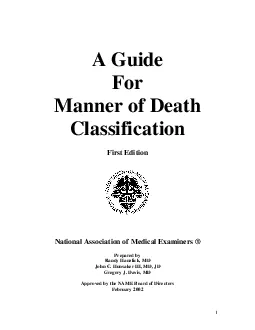PDF-“What manner of men are these who wear the maroon red beret? The
Author : sherrill-nordquist | Published Date : 2016-07-21
x00660069rstly all volunteers and are then toughened by hard physical training As a result they have that infectious optimism and that ox00660066ensive eagerness
Presentation Embed Code
Download Presentation
Download Presentation The PPT/PDF document "“What manner of men are these who w..." is the property of its rightful owner. Permission is granted to download and print the materials on this website for personal, non-commercial use only, and to display it on your personal computer provided you do not modify the materials and that you retain all copyright notices contained in the materials. By downloading content from our website, you accept the terms of this agreement.
“What manner of men are these who wear the maroon red beret? The: Transcript
Download Rules Of Document
"“What manner of men are these who wear the maroon red beret? The"The content belongs to its owner. You may download and print it for personal use, without modification, and keep all copyright notices. By downloading, you agree to these terms.
Related Documents

